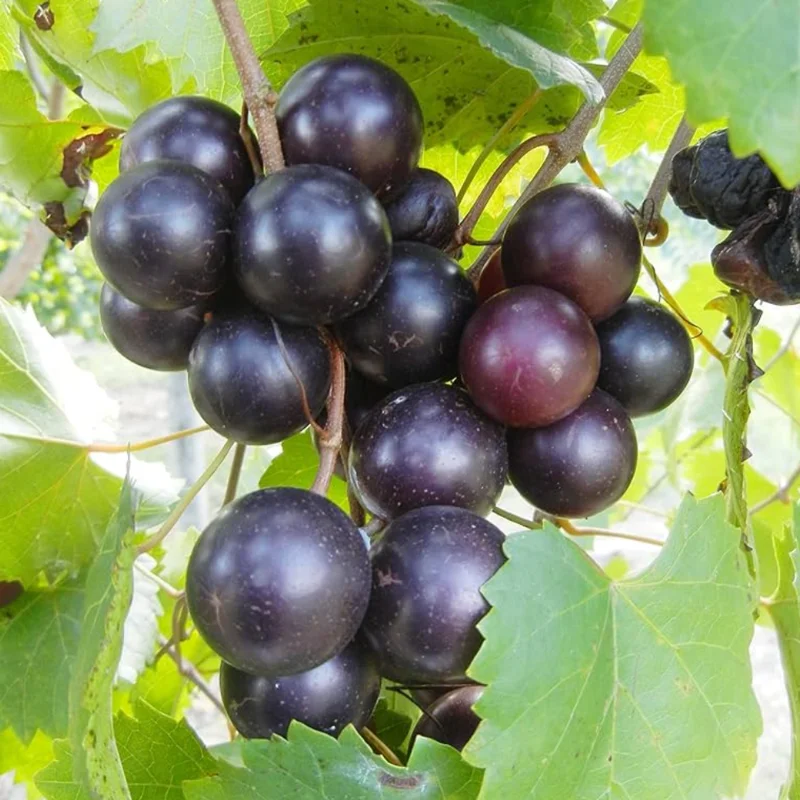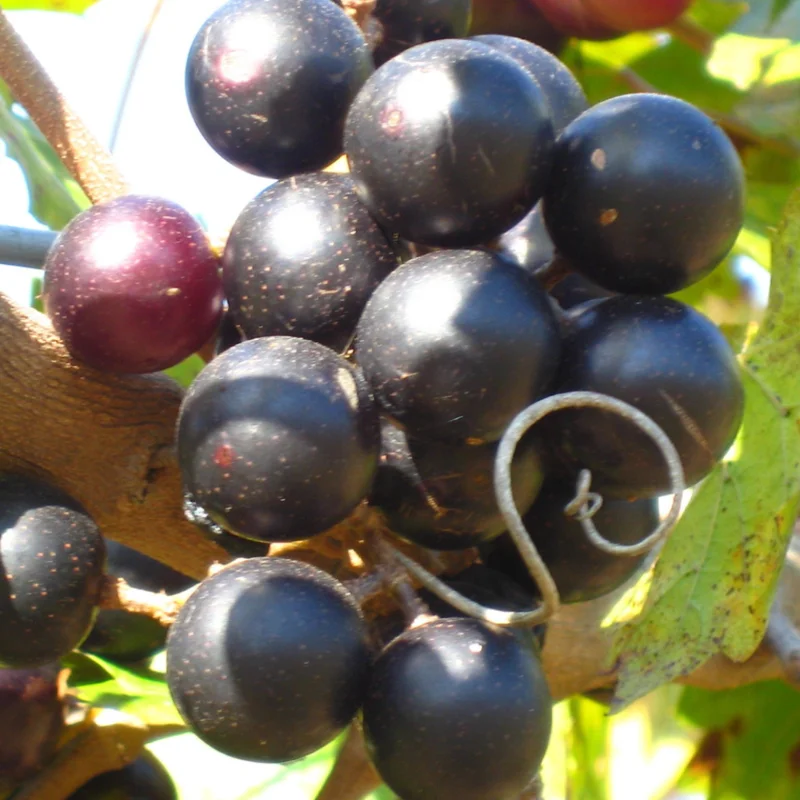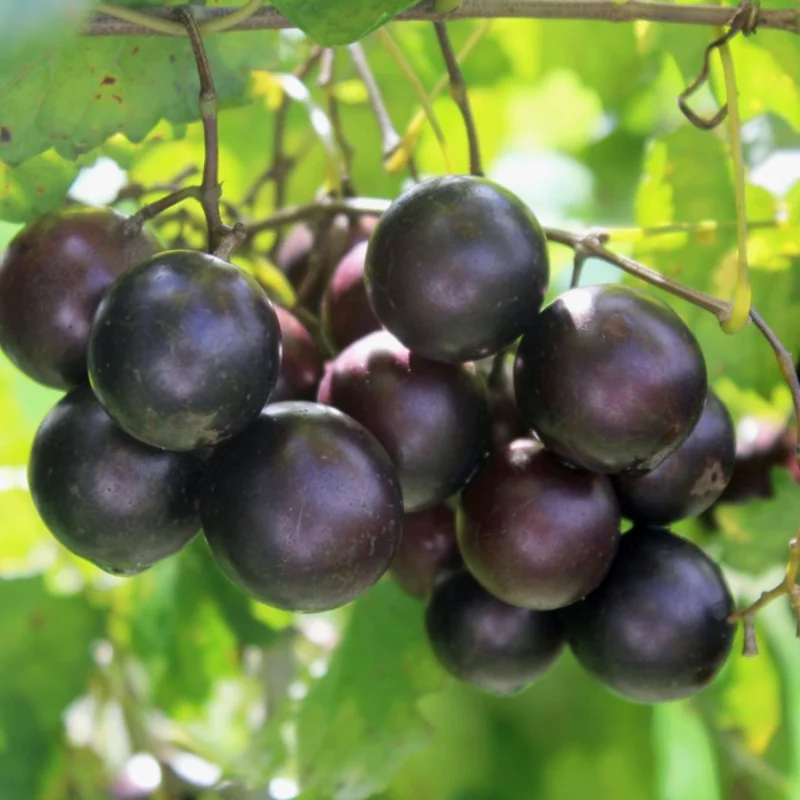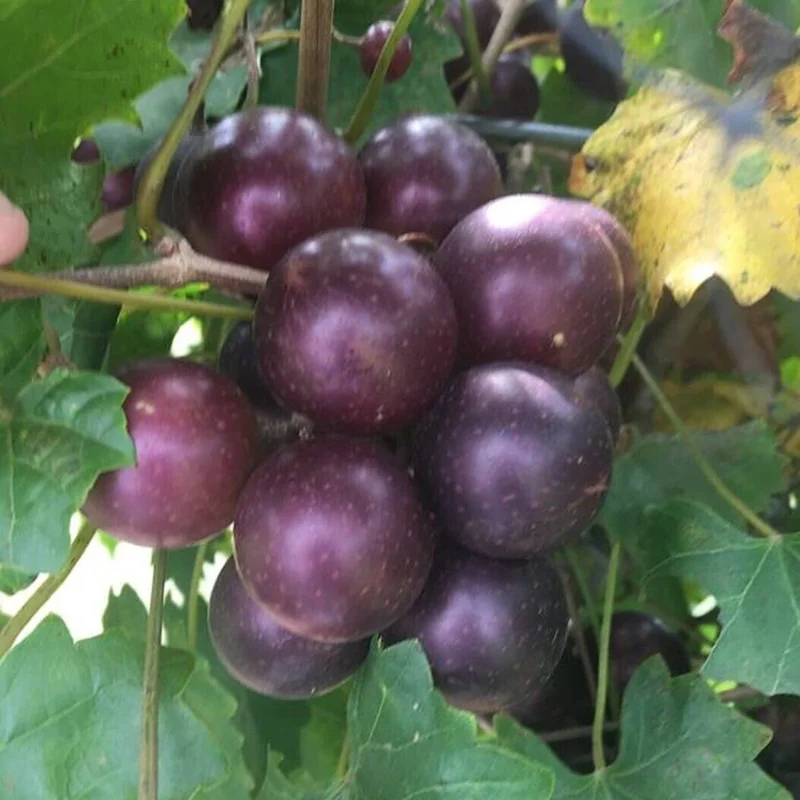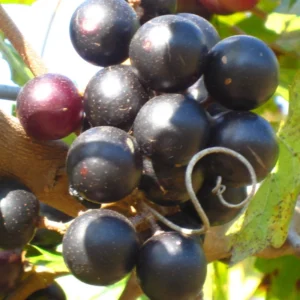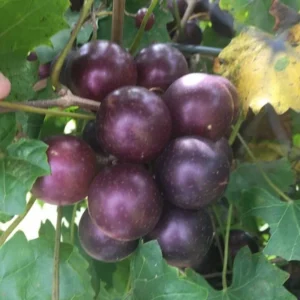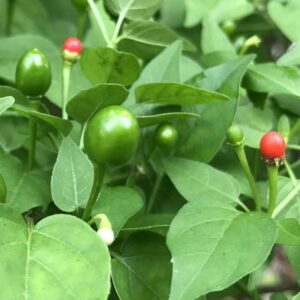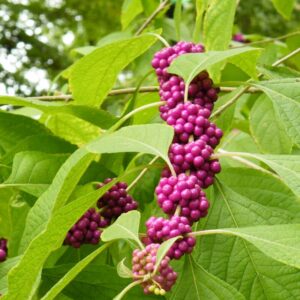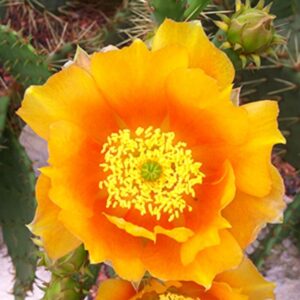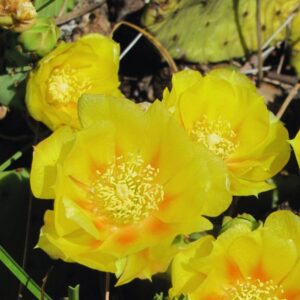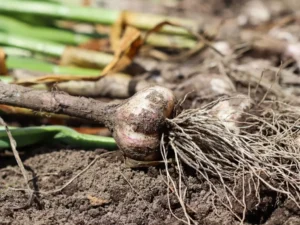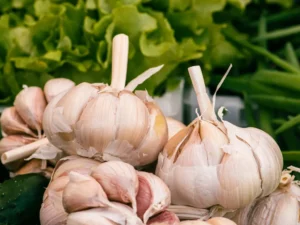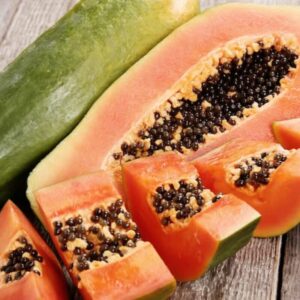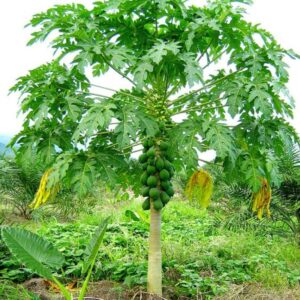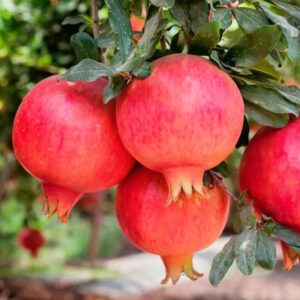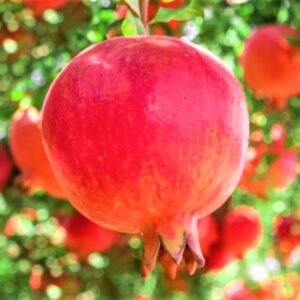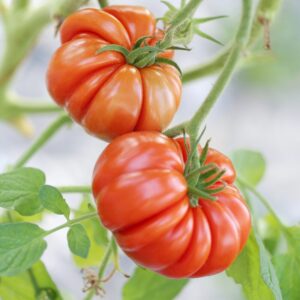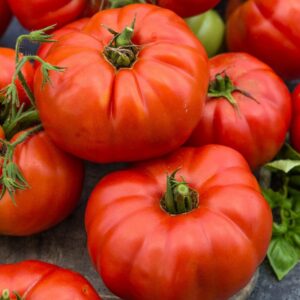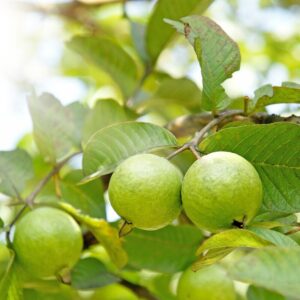3 Muscadine Grape Vine, Grape Plants Live, Hardy Grape Fruit Trees, in 4 Inch Pot, Ideal for Fresh Grape Growing and Outdoor Planting
3 Muscadine Grape Vine, Grape Plants Live, Hardy Grape Fruit Trees, in 4 Inch Pot, Ideal for Fresh Grape Growing and Outdoor Planting
Grow fresh grapes with 3 Muscadine Grape Vine plants in a 4-inch pot. Hardy, heat-resistant, and perfect for outdoor planting.
$49.99

With our Alive & Thrive Guarantee, we’ve got your back for the first 30 days! If you have any concerns about your plants, just reach out to us. Our team is here to help answer your questions and guide you in selecting the best plants for your garden, climate, and unique preferences. We're excited to help you create the garden of your dreams!
-
USDA Hardiness Zone
7-10 -
Soil type
Slightly acidic to neutral soil (pH 6.0-6.5) -
Sunlight Exposure
Full sun (6-8 hours daily) -
Expected Planting Period
Spring or early summer
Overview of Muscadine Grape Vines
The Muscadine Grape Vine is your perfect solution for fresh grape growing and outdoor planting. These hardy plants thrive in various climates, especially in warmer zones. With their thick-skinned and flavorful grapes, they are ideal for fresh eating, winemaking, and preserves.
Benefits of Growing Muscadine Grapes
These grape plants live are known for their resilience against pests and diseases. They produce large, sweet grapes with a slight tartness, making them a versatile addition to your garden. Their fast growth allows them to be trained on trellises or fences, providing exquisite shade and aesthetic appeal.
Ideal Growing Conditions
For optimal production, plant your Muscadine vines in well-drained soil, ensuring they receive full sunlight for 6–8 hours daily. This low-maintenance plant is self-pollinating, making it perfect for both novice and experienced gardeners.
Care Instructions
Water moderately and prune annually to promote healthy growth and fruit production. Muscadine Grape Vines can adapt to various soil types, thriving best in slightly acidic to neutral soils.
Frequently Asked Questions
- What are the best growing conditions for Muscadine Grape Vines? They prefer full sun and well-drained, slightly acidic soils.
- How often should I water my Muscadine Grape Vine? Water moderately, ensuring the soil stays moist but not waterlogged.
- Can Muscadine Grape Vines be grown in containers? Yes, they can thrive in large containers with proper sunlight and drainage.
- When do Muscadine Grape Vines bear fruit? They typically bear fruit from late summer to early fall.
- Do Muscadine Grape Vines need a second vine for cross-pollination? No, they are self-pollinating, but multiple vines enhance yield.



